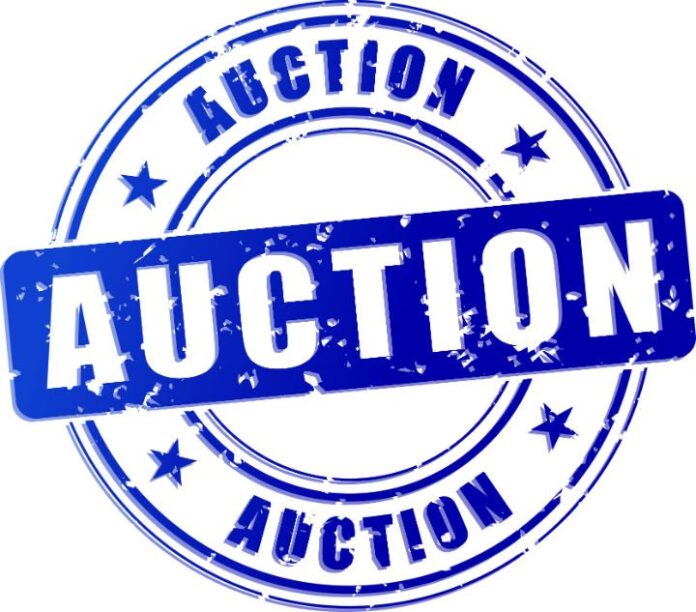In just the first round, the Federal Communications Commission quickly garnered nearly 20% of what it was hoping to generate from Auction 97, with more than 1,000 licenses attracting bids totaling nearly $1.8 billion.
As is customary in spectrum auctions, the bigger markets generated the most financial interest with a J-Block license covering the New York City area attracting eight bids during round one and a top bid of $105.9 million. An H-Block license covering the same geographic location received six bids with a high bid of $48.5 million, while an I-Block license in the same location received seven bids with a high bid of $44.1 million.
Outside of the New York City area, a J-Block license covering Los Angeles was hit with six bids during the opening round with the top bid settling at $65.5 million, while an H-Block license covering the same location received five bids and a high bid of $36 million.
The J-Block licenses are expected to garner the most financial interest as it is the only 20-megahertz license up for bid, while the others are 10-megahertz each.
The licenses split up a total of 65 megahertz of spectrum in the 1.7/2.1 GHz bands – also known as the advanced wireless services-3 band – with 50 megahertz set aside in paired bands typically used by mobile operators. The paired licenses will include three 5×5 megahertz licenses (G-, H- and I-Blocks) and a single 10×10 megahertz license (J-Block). The G-Block licenses are carved into commercial market area-sized licenses, which total 734 licenses covering the country. The remaining blocks are economic area-sized that will total 176 licenses covering the country. The 15 megahertz of unpaired spectrum is split into two licenses, one with 5 megahertz of total spectrum parsed out on an EA basis, and the other with 10 megahertz of spectrum also in an EA configuration.
The FCC set a reserve price of more than $10 billion for the 1,614 total licenses being put up for bid. The paired spectrum has an aggregate reserve price of $10.07 billion, while the unpaired licenses will require at least $580 million in total bids. Minimum opening bids for the paired licenses will be based on a formula of 15 cents per-megahertz/per-potential customer covered, with the unpaired licenses based on a 5 cents per-megahertz/pop. The FCC managed to generate nearly $13.9 billion in winning bids during the AWS-1 auction conducted in 2006, which included 90 megahertz of spectrum in the 1.7/2.1 GHz bands.
Source: S.A. Wilkus/Spectrum Financial Partners
The opening day of bidding will include a total of three rounds, each lasting one hour and concluding at 5 p.m. ET. Beginning tomorrow, the FCC will conduct four rounds of bidding per day, each lasting one hour. There is no word yet on how the upcoming holidays will impacting the bidding schedule. The AWS-1 auction witnessed 161 rounds of bidding across 29 days and seven weeks. The H-Block auction held earlier this year managed to stretch across 167 rounds and 27 days.
Bored? Why not follow me on Twitter
Photo copyright: 123vector / 123RF Stock Photo


